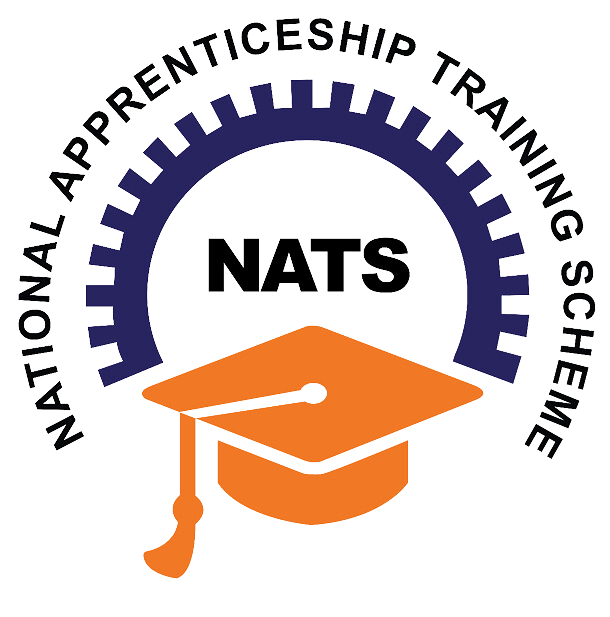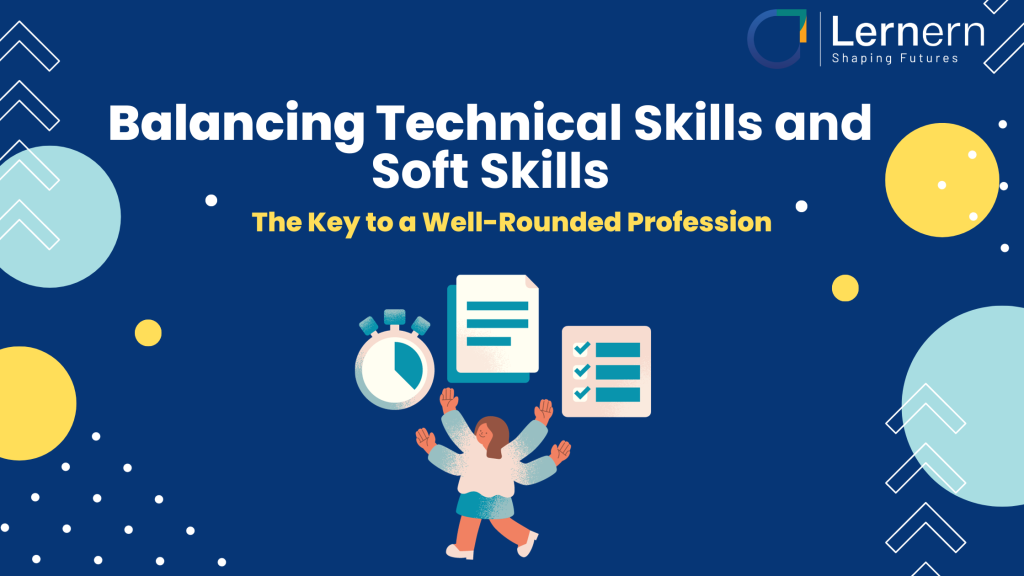The Rising Tide of Labour Attrition in India’s Manufacturing Industry

Labour attrition, also known as employee turnover or churn, is a critical issue that affects the manufacturing industry in India. This phenomenon refers to the rate at which employees leave their jobs, and its impact can be significant on various aspects of the manufacturing sector.

Source: Teamly
India’s manufacturing industry has long been the backbone of its economy, contributing significantly to GDP and employment generation. However, in recent years, the sector has faced a pressing challenge – labour attrition.
The phenomenon of skilled and unskilled workers leaving their jobs for various reasons is becoming a cause for concern, and its impact on the manufacturing industry in India cannot be ignored. Let’s explore the implications of labour attrition in the Indian manufacturing industry:
Reasons for Labour Attrition
Several factors contribute to the increasing rate of labour attrition in the Indian manufacturing industry.
1) The rising aspirations of the young workforce are driving them towards seeking employment in other sectors like IT, services, and emerging industries. These industries offer better perks, work-life balance, and potential for career growth, making them more attractive than traditional manufacturing jobs.
2) The lack of adequate skill development and training opportunities within the manufacturing sector leads to a mismatch between the skills workers possess and those required by employers. As a result, employees feel disenchanted with their work and often switch to other sectors where their skills are better appreciated.
3) Furthermore, inadequate working conditions, low wages, and minimal benefits in some manufacturing units are significant contributors to employee dissatisfaction. The lack of a conducive work environment leads to a decline in morale and increased attrition.
Impact of Labour Attrition
- Reduced Productivity: Frequent changes in the workforce disrupt the smooth functioning of manufacturing units. The loss of experienced workers leads to a decline in productivity, affecting production schedules and overall efficiency.
- Increased Recruitment Costs: High attrition rates compel manufacturers to invest more resources in recruiting and training new employees. The continuous cycle of hiring and training becomes financially burdensome for businesses.
- Compromised Quality: New and inexperienced employees may need help to maintain the same level of quality as their predecessors, leading to potential defects and a negative impact on the reputation of the company.
- Skills Gap: Losing skilled workers exacerbates the existing skills gap in the industry. The scarcity of specialised talents can hinder technological advancements and innovation in manufacturing processes.
Strategies to Mitigate Labour Attrition
To tackle the challenges posed by labour attrition, Indian manufacturing industries must adopt proactive measures:
- Skill Development through Skill India: Invest in comprehensive training programs to upskill the existing workforce, providing them with opportunities for career advancement. Skill India initiatives can play a vital role in ensuring the development of a skilled and capable workforce.
- Competitive Compensation: Offer competitive wages and benefits to retain skilled workers and attract new talent. By providing attractive incentives, manufacturers can retain employees and reduce attrition.
- Employee Engagement: Foster a positive work environment by encouraging employee involvement, recognizing achievements, and providing growth opportunities. Engaged employees are more likely to stay committed to their jobs.
- Collaboration with Educational Institutions: Collaborate with academic institutions through Skill India initiatives to bridge the skill gap and align education with industry requirements. This will create a talent pipeline for the manufacturing industry.
To Sum Up
Labour attrition in India’s manufacturing industry is a critical challenge that requires immediate attention. By addressing the root causes and implementing effective strategies, businesses can mitigate the impact of attrition, ensure a stable and skilled workforce, and propel the manufacturing sector towards sustained growth and success.
Creating an environment where workers feel valued, respected, and rewarded for their contributions, coupled with Skill India initiatives, is essential for securing a prosperous future for the Indian manufacturing industry.




